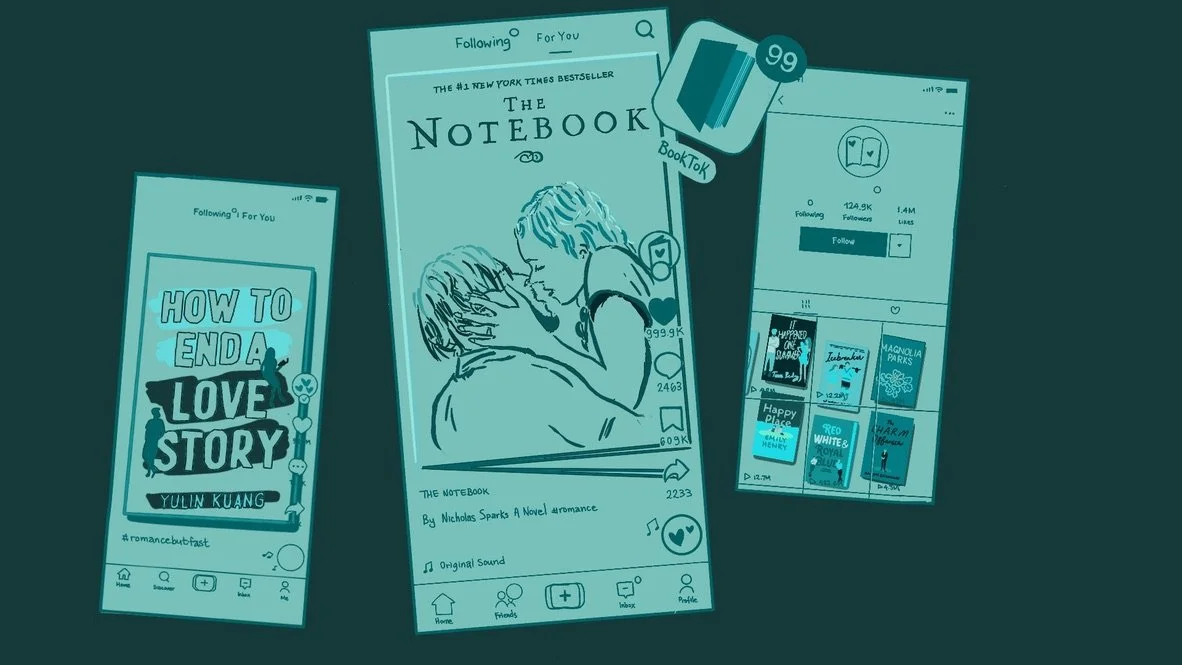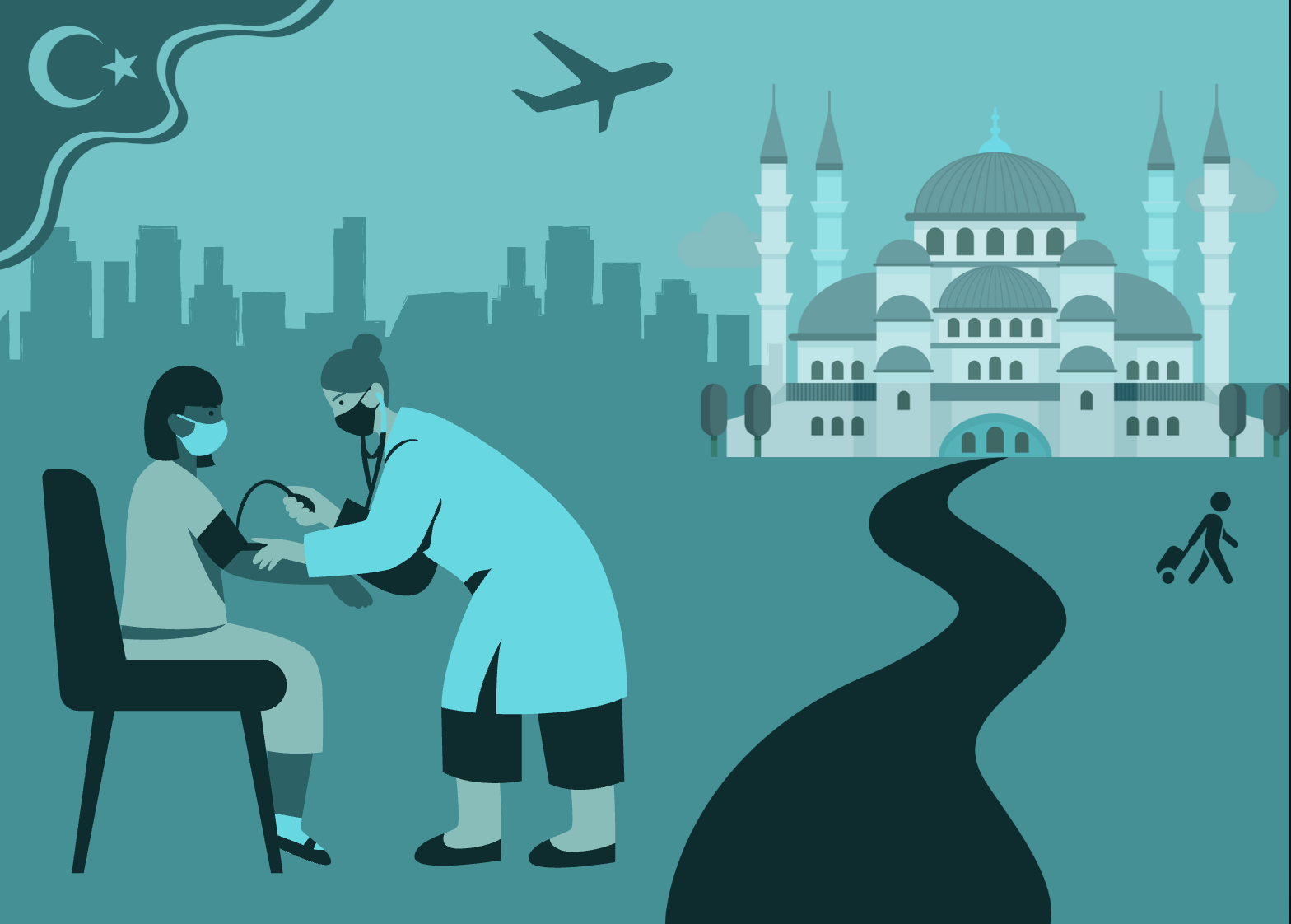Articles

How Love Drives Literature: Romance for Mass Consumption
From rippling muscles to abstract illustrations, romance covers continue to dominate commercial and domestic bookshelves alike. In this article, QBR Editor Annabella Luo explores how the genre has won over generation after generation of new readers. Following the rise of influencers and short-form media, how can literature hold the attention of the public, and at what cost?

Neobanks, AI, and the End of Banking as We Know It
As the future of traditional financial services hangs in the balance, QBR Senior Editor Chanelle Cai explores how digital disruption, AI, and open banking regulations are transforming the industry. Her article examines the strategic crossroads facing both traditional banks and neobanks, arguing that banks must modernize legacy systems, embrace AI, and refocus on wallet share, while neobanks must diversify products, build customer trust, and scale strategically. Drawing on recent regulatory changes and shifting consumer behavior, Cai highlights the urgency for innovation to determine who will lead in a digital-first financial era.

He May Bring You Happiness… If You Can Find One: How Collectibles
Borrowing the psychological hooks straight out of a casino, blind box toys aren't your average plastic figurines. From Pop Mart's rebranding of The Monsters character, Labubu, which generates thousands on resale markets, to Sonny Angels appearing in workplaces, QBR Senior Editor Ninglee Weng explores how these toys thrive on scarcity and the addictive nature of not knowing what you will get. As the newest addition to the hype economy, can blind boxes remain a cultural obsession or become irrelevant as fast as they rose to fame?

Where Tourism Meets Treatment: Unpacking Turkiye’s Medical Tourism Industry
In this editorial, QBR Strategy Editor Yaren Yurdakul explores Turkiye’s medical tourism industry. Despite economic challenges, Türkiye has emerged as a global leader in affordable, high-quality healthcare, attracting millions of patients annually for medical and cosmetic procedures. This piece examines the key factors that drive the industry, such as Turkiye’s geographical location, government-backed incentives, and the role of social media, while also addressing the risks and challenges. Additionally, an exclusive QBR interview with Turkish otolaryngologist Dr. Erdal Gul offers a first-hand perspective on Turkiye’s evolving healthcare industry.

The TTC & Rider Backlash: Grappling with Public Perception and Performance
Toronto’s TTC has long been the backbone of the city’s transit system, but rider dissatisfaction is reaching new heights. Concerns over safety and excessive prices are fueling public outcry. In this article, QBR Senior Editor Mayson Sattler delves into the TTC's inability to meet global transit expectations and the factors contributing to the high levels of consumer dissatisfaction. Does the TTC truly need to enhance its services, and what is preventing it from doing so?

How Strategic Innovation is Changing Healthcare
In this article, QBR Editor Simon Ing explores how emerging technologies are primed to disrupt the healthcare sector. As demand for services grows in magnitude and complexity in response to an aging population, current healthcare infrastructure is not sufficient for effective treatment. Stakeholders throughout industry segments must strategically integrate advancements in remote patient monitoring and operational optimization to transform the status quo moving forward.

Hotdog Heaven: The $1.50 Secret to Costco’s Success
Hooking in customers and driving sales, Costco’s hotdog combo is more than a cheap deal — it’s a successful pricing strategy. With loss leaders, producing its brand, Kirkland Signature, and its membership model, Costco establishes itself as the retailer customers trust for high-quality at low prices. QBR Editor Ninglee Weng explores how Costco’s unique approach has led to billions in revenue each year, creating an exclusive shopping experience like no other: free samples in one hand and a membership card in the other.

Whose Hands are Left Bloody: Will Metalloids in Tampons Spark Industry-Wide Change?
In July 2024, leading scientific journal, Environment International, released a study that revealed numerous harmful materials, including lead and arsenic, were found in tampons. However, upwards of two billion women experience menstruation, hence, must continue buying needed products, even if there are now more factors to consider when making this once-a-month purchase. In fact, tampons are continuing to increase in popularity, on a world scale, with an average CAGR over 5%. In this editorial, Katie Libitz examines the menstrual product industry and how this news will, or will not, cause changes in consumer behaviour.

Duo, Please Let My Family Go: Tiptoeing the Extremes of Social Media Marketing
If good marketing looks like a green owl bossing people around, this may be the future. Duolingo's language-learning app showcases how mastering social media is not one-size-fits-all. QBR Editor Ninglee Weng discusses how consumer values are changing, and traditional tactics aren’t working. Companies are challenged with navigating new ways of marketing without doing too much, being branded cringe or not enough, and staying irrelevant; what’s the secret to going viral?

Sky’s The Limit: Soaring Costs in Canada's Aviation Industry
Exploring the “user-pay” cost structure used to fund Canadian air travel infrastructure, QBR Editor Simon Ing illustrates how lack of public funding passes premiums to consumers in the form of heightened airfare and ancillary fees. With high costs levied to airport authorities and airlines, which ultimately disincentivizes competition, the nationwide duopoly of Air Canada and WestJet hold dominant power within a highly consolidated industry. Though there are arguments for and against levying costs to fliers, a major shift towards public subsidization is unlikely to take place – exemplifying the role and ramifications of business strategy in our everyday lives.
